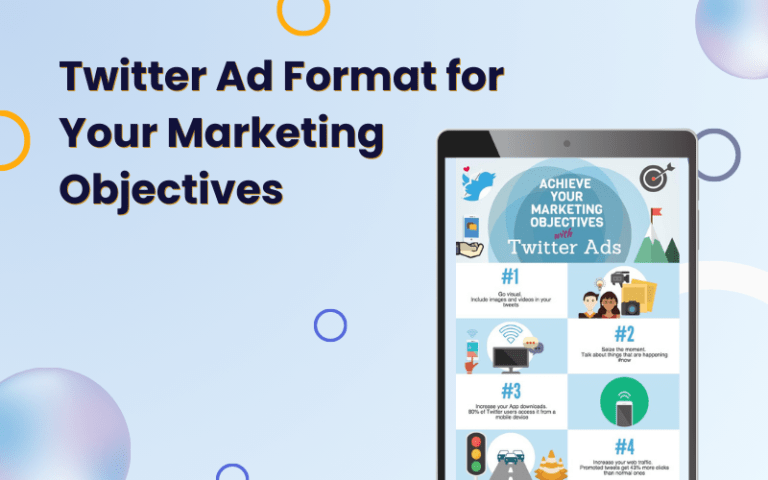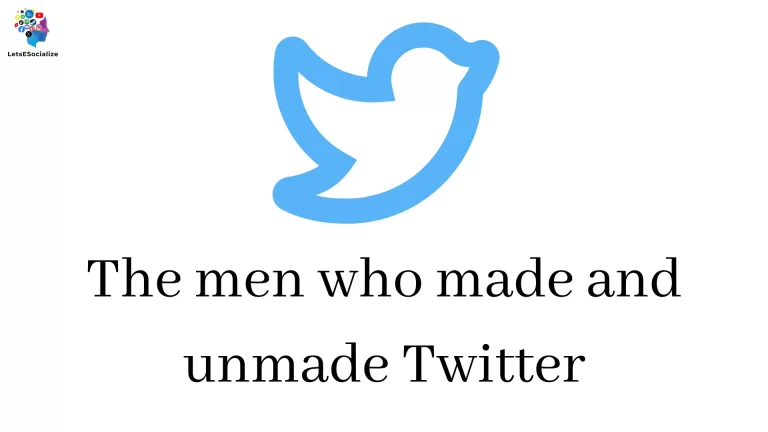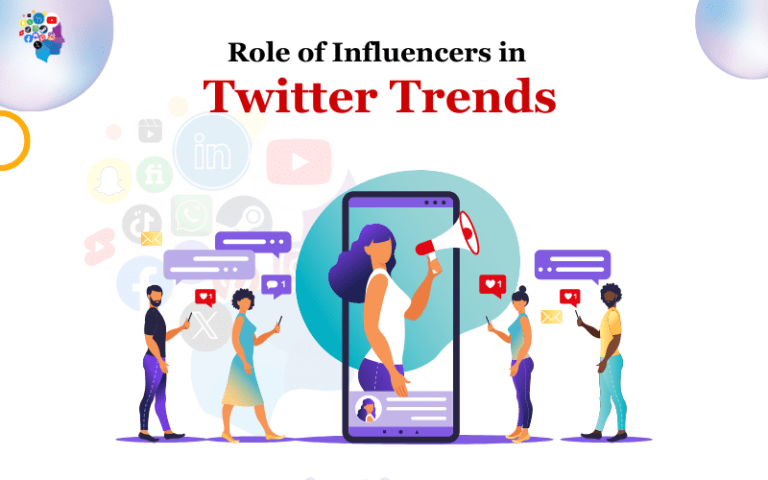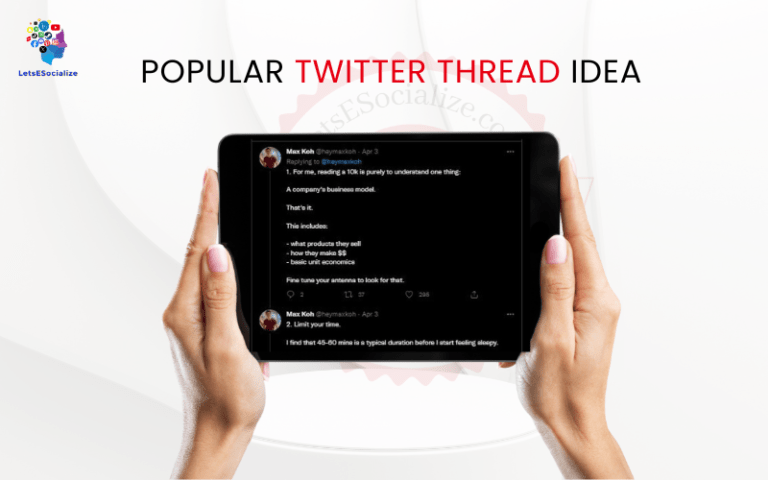Affiliate marketing allows publishers to earn commissions by promoting products or services. Two of the most popular platforms for affiliate promotions are Twitter and Facebook. But which is better for affiliate marketing Twitter or Facebook?
This comprehensive guide examines the key differences between using Twitter versus Facebook for affiliate marketing.
Table of Contents
Affiliate marketing has become a popular online monetization model, allowing publishers to earn commissions by promoting products or services via affiliate links. The affiliate earns a percentage when a referral generates a sale or lead.
Two of the biggest social media platforms for affiliate marketing are Twitter and Facebook. But which one should affiliate marketers focus their efforts on? In this comprehensive guide, we dive into the key differences, pros, and cons of using Twitter versus Facebook for affiliate promotions.
Here’s a sneak peek of what we’ll cover:
- – Audience size and demographics on each platform
- – User engagement and content consumption habits
- – Types of affiliate content best suited for each platform
- – Tactics for promoting affiliate links on Twitter and Facebook
- – Advertising options for affiliates on each platform
- – Measuring performance and tracking sales
- – Compliance factors and platform regulations
- – Best practices and optimization tips for success
Let’s explore how Twitter and Facebook compare for affiliate marketing!
Twitter vs Facebook for Affiliate Marketing: An Overview
While both Twitter and Facebook offer opportunities for affiliate marketing, there are some notable differences between the two platforms:
- Twitter has a much larger active user base, with 237 million monetizable daily active users, compared to Facebook’s 2.96 billion monthly active users. However, Facebook has more engaged users spending longer sessions on the platform.
- Twitter’s audience tends to be younger, tech-savvy, and early adopter types. Facebook has more mass-market appeal across demographics.
- Twitter is focused on real-time conversations and trending topics. Facebook usage is centered around personal connections and communities.
- Twitter limits posts to 280 characters. Facebook enables longer-form content.
- The Twitter feed is chronological. Facebook uses an algorithmic, personalized feed.
- Twitter allows affiliate links directly in posts. Facebook requires masking links for compliance.
- Twitter lets affiliates create custom audiences for ads. Facebook has more advanced targeted advertising capabilities.
As we’ll explore in this guide, these differences impact how affiliates leverage each platform. Ultimately, the best platform depends on your audience, content, and affiliate program vertical. But both Twitter and Facebook offer compelling benefits for affiliate marketing when used strategically.
Also read: Why Does Facebook Have More Ads Than Twitter?
Audience Size and Demographics
One of the first considerations for affiliate marketers is each platform’s audience size and demographics. This determines the market potential for your promotions.
Here are some key stats comparing Twitter and Facebook’s user base:
- Twitter has 237 million monetizable daily active users as of Q2 2022. Twitter does not disclose monthly active users.
- Facebook reported 2.96 billion monthly active users globally as of Q2 2022.
- Twitter’s audience skews younger, with 42% of users between 18-29 years old. Facebook has a more even distribution across age groups.
- Twitter has higher penetration with Black and Latinx audiences in the US. Facebook has a broader appeal across demographics.
- Twitter’s users are more urban and have higher income levels. Facebook reaches across income brackets and geographies.
- Twitter’s audience is more tech-savvy professionals and early adopters. Facebook has more mass-market consumer appeal.
So, while Facebook has a much larger total audience, Twitter provides access to influential niches like techies, journalists, and urban millennials. The right platform depends on your target customer demographic.
User Engagement on Twitter vs Facebook
Beyond raw audience size, user engagement is key for affiliate conversions. Here’s how Twitter and Facebook compare on core engagement metrics:
- Facebook has longer average session times, at 15.5 minutes mobile and 24.5 minutes desktop daily as of Q1 2022.
- Twitter does not disclose the average time spent, but sessions are shorter given the network’s real-time, public nature.
- Facebook drives more content consumption, with users spending 33% of their time viewing Reels. On Twitter, 90% of time is spent consuming Tweet content.
- Facebook usage is centered around personal connections and communities, driving engagement. Twitter fosters interest-based, real-time conversations.
- Twitter sees more public sharing and engagement, given its broadcast nature. Facebook engagement occurs more via likes, comments, and private sharing in feeds.
- Twitter reported 45 billion Tweet impressions per day as of Q2 2022. This highlights the public distribution potential.
Overall, users spend more time actively engaging with Facebook content than Twitter. But Twitter enables content to spread rapidly via public Tweets and retweets. Align your strategy with how each platform is used.
Types of Affiliate Content on Each Platform
Given the different audience behaviors, certain types of affiliate content tend to perform better on each platform.
Here are the top-performing content formats for affiliates on Twitter vs Facebook:
Twitter:
- Short tweets with affiliate links
- Newsjacking trending topics
- Live tweeting events
- Engaging with followers
- Viral tweet campaigns
- Curating content in Moment threads
- Polls and surveys
- Tweet chats/Twitter parties
Facebook:
- Informative long-form posts
- Native video (Facebook Live, Reels)
- Visual social content (infographics, carousels)
- Curated content from around the web
- Facebook Groups engagement
- Live Q&As and AMAs
- Affiliate product reviews
- Facebook events
Align your content strategy with the types of posts that get engagement on each platform. Twitter rewards brevity, newsy value, and entertainment. Facebook favors informative education, visual media, and community.
Promoting Affiliate Links on Twitter
Twitter enables publishers to directly share affiliate links in Tweets without requiring users to click through to a blog post. Here are some tips for promoting affiliate links successfully on Twitter:
- Keep tweets short, catchy, and benefit-focused. For example: “Get 25% off @Brand shoes for a limited time! Shop now [affiliate link].”
- Leverage trending hashtags and news jack timely topics. Provide an affiliate link as the call to action.
- Quote, tweet, or retweet relevant accounts and add your affiliate commentary.
- Respond to follower questions and provide an affiliate link that solves their need.
- Create Twitter Moment threads to curate affiliate links on topics.
- Run Twitter polls/surveys and share affiliate links in your comments.
- Use timed tweets during peak hours to space out promotions.
- Use link wrappers like Linktree in your profile for affiliates.
- Only share affiliate links for relevant, helpful products your audience will value. Avoid over-promotion.
Twitter’s real-time, public nature makes it ideal for rapidly spreading affiliate links. Use newsworthy and conversational tactics that provide value.
Promoting Affiliate Links on Facebook
Due to anti-spam policies, Facebook requires users to mask or shorten direct affiliate links. Here are some tactics for promoting affiliates successfully on Facebook:
- Share an interesting blog post or resource that contains affiliate links.
- Write a long-form social media post with value and affiliate links.
- Use Linktree or a similar link-in-bio service to include affiliate links in your Facebook bio.
- Create native video content like reviews and demos featuring affiliate links in the caption.
- Go live using Facebook Live to engage your audience and share affiliate links.
- Join relevant Facebook Groups and provide affiliate recommendations where appropriate.
- Run Facebook polls and contests, sharing affiliate links as entry options.
- Build a Facebook chatbot that provides affiliate links when triggered.
- Create Facebook events and share affiliate promotions in event discussions.
- Use shortened links and link wrappers to mask affiliate links.
Always contextualize affiliate links into content focused on entertaining or educating your audience rather than explicit promotional posts. Provide value and build community.
Twitter Advertising for Affiliates
Twitter offers a robust advertising platform for affiliate marketers to amplify their reach and promotions. Here are the top Twitter ad options for affiliates:
Promoted Tweets: Display your affiliate tweet to target followers of competitors or complementary brands.
Follower Campaigns: Gain new followers interested in your niche with an affiliate link in the bio.
Awareness Campaigns: Get more eyes on your affiliate tweets with a broader reach.
Website Clicks campaign – Drive traffic to landing pages and blogs with affiliate links.
Lead Generation Cards: Gather leads with quizzes and downloads gated with affiliate links.
Custom Audiences – Tailor ads to existing site visitors or past affiliate link clickers.
Conversion tracking – Track affiliate sign-ups, sales, and revenue from Twitter ads.
Twitter’s self-serve ad platform makes it easy to target specific user groups, amplify affiliate tweets, and track conversions. Invest in ads to scale your results.
Facebook Advertising for Affiliates
Facebook offers robust advertising capabilities for affiliates, too. Here are the best ad options for Facebook affiliate marketing:
- Feed ads – Display affiliate posts from your Page to new News Feeds.
- Boosted posts: Amplify the reach of successful affiliate posts.
- Link ads – Drive clicks to affiliate landing pages and content.
- Lead ads – Generate leads and sign-ups with quizzes/downloads.
- Catalog sales: Promote affiliate products from your product catalog.
- Instant Experiences – Showcase affiliate products in immersive ads.
- Dynamic ads – Remotely update ads to rotate affiliate offers.
- Custom/Lookalike Audiences – Target interests, behaviors, and connections for conversions.
- Facebook Pixel – Track clicks, views, and purchases from ads.
Leverage Facebook’s detailed targeting and creative ad formats to get your affiliate content and offers in front of high-intent users, whether existing fans or lookalike potential buyers.
Measuring Performance and Tracking Sales
To maximize your return on investment, tracking affiliate marketing performance on Twitter and Facebook is essential. Here are some top metrics and tools to measure:
- Clicks on affiliate links
- Click-through-rate on promotions
- Conversions and sales from clicks
- Return on ad spend for social ads
- Engagement rate and impressions
Twitter Tools:
- Twitter Analytics to track engagement and clicks.
- Affiliate link wrappers like Aweber Pretty Links to track clicks.
- UTM campaign tags to track sales from Twitter traffic.
Facebook Tools:
- Facebook Analytics and Creator Studio for insights.
- Facebook Pixel to monitor actions taken.
- Affiliate management platforms like Refersion to see sales.
- UTM tags unique coupon codes to measure conversions.
Closely monitor performance and experiment to determine the best affiliate strategies for each platform and audience.
Compliance and Regulations for Affiliates
When participating in affiliate programs on social platforms, it’s important to comply with FTC disclosure guidelines and each platform’s policies. Here are the key requirements:
FTC:
- Disclose affiliate links using #ad, #sponsored, or other apparent indicators.
- Disclose material connections to brands and any incentives received.
Twitter:
- Affiliate links are allowed directly in Tweets but must be disclosed per FTC rules
- Avoid auto-directing landing pages that redirect on click.
- Comply with Twitter’s rules prohibiting spammy automation and repetition.
Facebook:
- Use link shorteners and wrappers to mask affiliate links. Avoid direct affiliate URLs.
- Provide value in posts beyond the affiliate links. Don’t explicitly ask users to buy.
- Disclose affiliate relationships per FTC guidelines.
- Comply with rules on audience targeting, incentives, and predatory advertising.
Ensure proper disclosures, transparency, and compliance to maintain your account status in good standing. Avoid deceptive practices.
Best Practices and Optimization Tips
Succeeding with affiliate marketing on Twitter and Facebook requires optimized best practices over time. Here are some top tips for each platform:
Twitter:
- Leverage Twitter Cards to make affiliate links stand out in the feed.
- Use images and videos in affiliate tweets to boost engagement.
- Pay attention to peak traffic times and target affiliate tweets accordingly.
- Retweet and reply to others in your niche to build followers.
- Use hashtags smartly to put affiliate links in front of target users.
- Collaborate with other publishers on content and cross-promotions.
- Monitor clicks and engagement data to refine your Twitter strategy.
Facebook:
- Create a content calendar to space out affiliate posts and stories.
- Test different placements of affiliate links in posts to optimize click-through rate.
- Use A/B testing with Facebook ads to improve click-through rates.
- Alternate educational content with unique offer posts to add value.
- Collaborate with other Pages and Groups to access new audiences.
- Create Facebook Live or video reviews of affiliate products.
- Target lookalike and interest-based audiences with relevant affiliate offers.
Keep experimenting and optimizing your campaigns based on performance data. Continual testing is key for affiliate marketing success on both platforms.
The Verdict: Twitter or Facebook for Affiliate Marketing?
So, which platform wins? The reality is that both Twitter and Facebook offer solid benefits for affiliate marketing:
Twitter pros:
- Real-time conversational platform ideal for trending topics
- Ability to share direct affiliate links in tweets
- Tech-savvy audience eager for deals
- Public engagement and potential for viral reach
Facebook pros:
- Massive audience size across demographics
- Highly targeted ad platform drives conversions
- Users spend more time engaging with content
- Native video and long-form content works well
- The ideal strategy is to leverage both platforms synergistically:
- Use Twitter to drive discovery and conversions from followers.
- Use Facebook to target new Cold audiences with promotions.
- Promote Twitter affiliate content on Facebook and vice versa.
- Track sales and optimize based on each platform’s strengths.
In most cases, affiliate marketers will see better returns by leveraging both Twitter and Facebook in tandem as part of a comprehensive omnichannel strategy rather than limiting themselves to just one platform.
Test different approaches and find the right balance based on your audience, vertical, and content style to maximize your affiliate marketing ROI.
With smart strategies tailored to each platform, Twitter and Facebook provide significant opportunities for affiliate marketing success. Align your tactics with each network’s unique audience behaviors and characteristics to unlock their full promotional potential.







